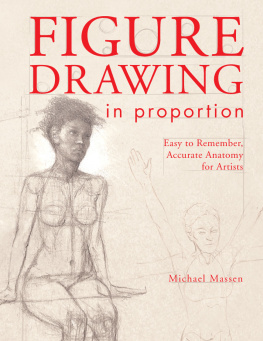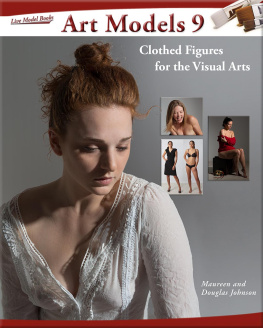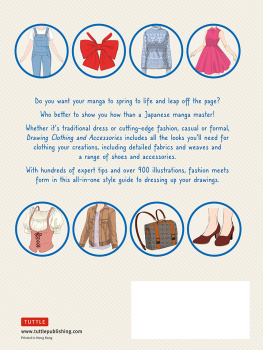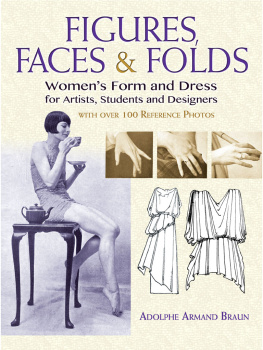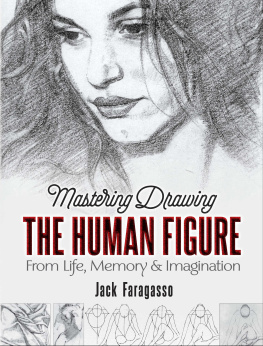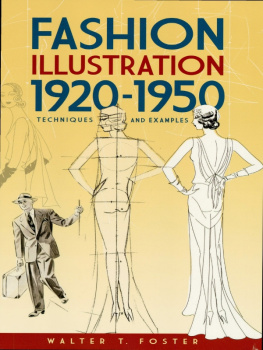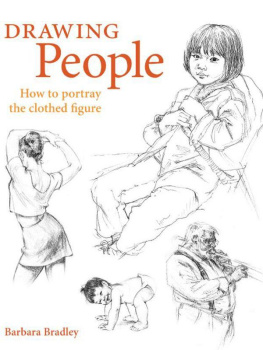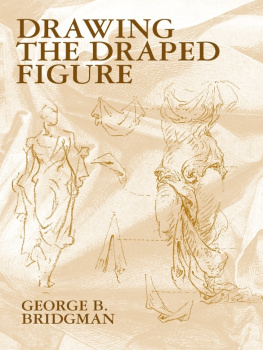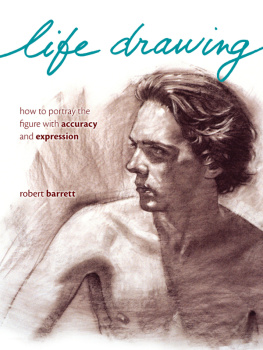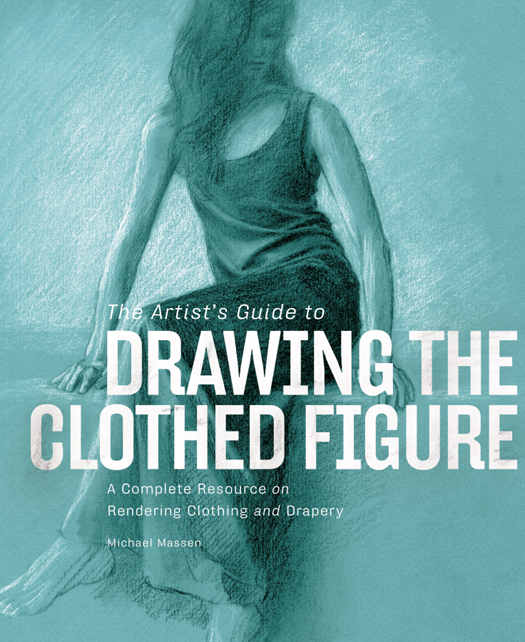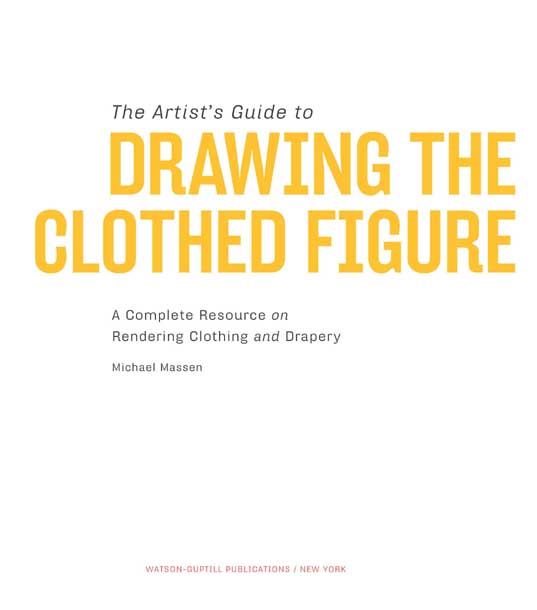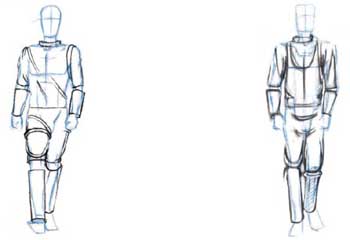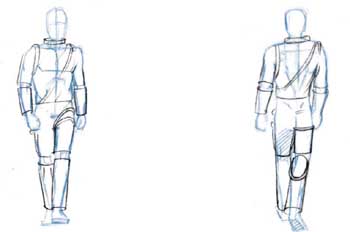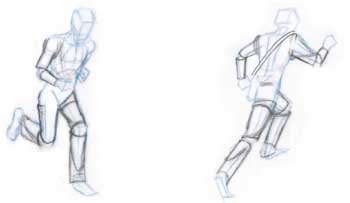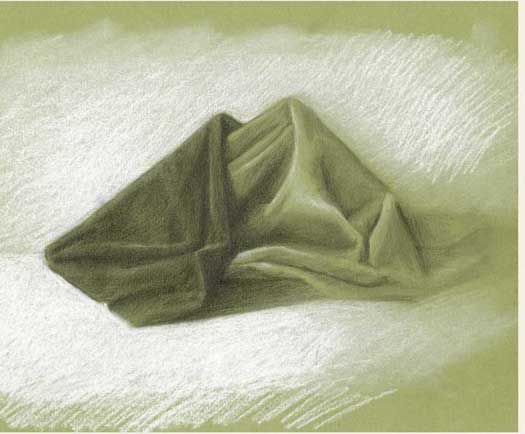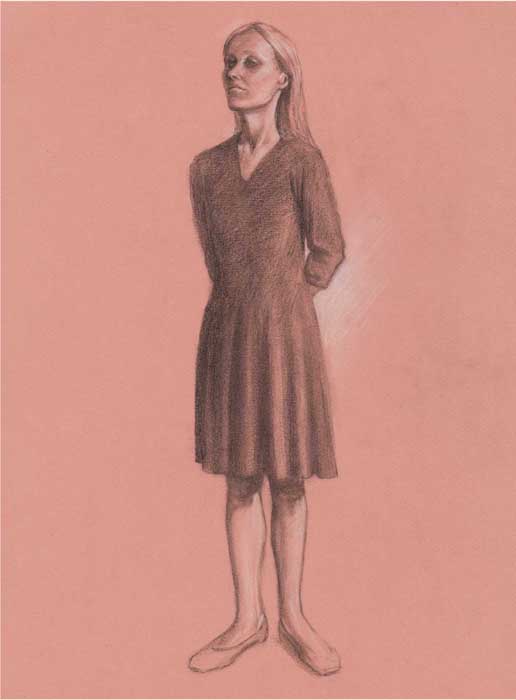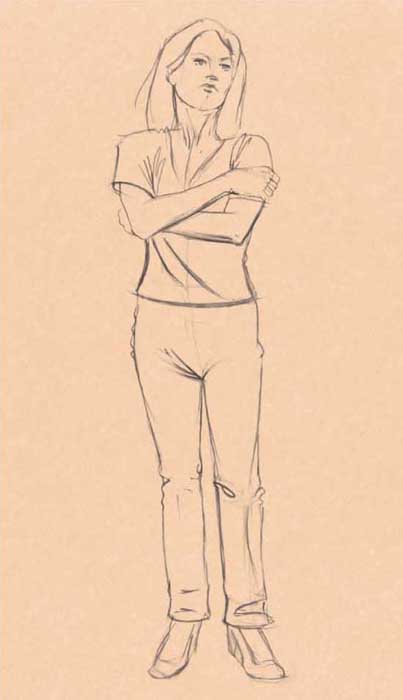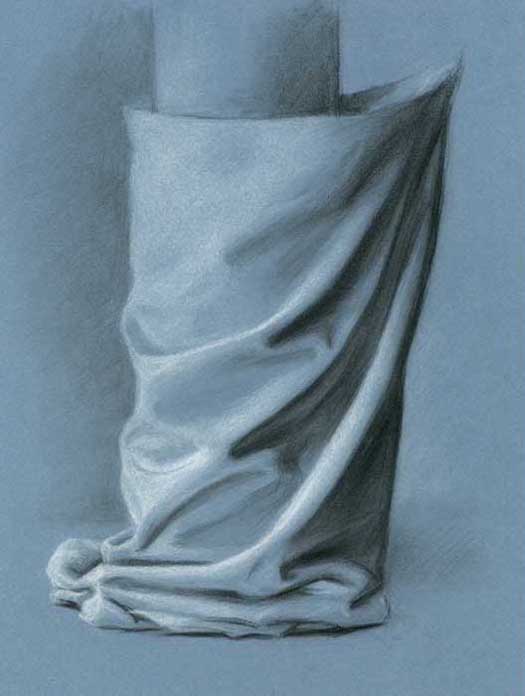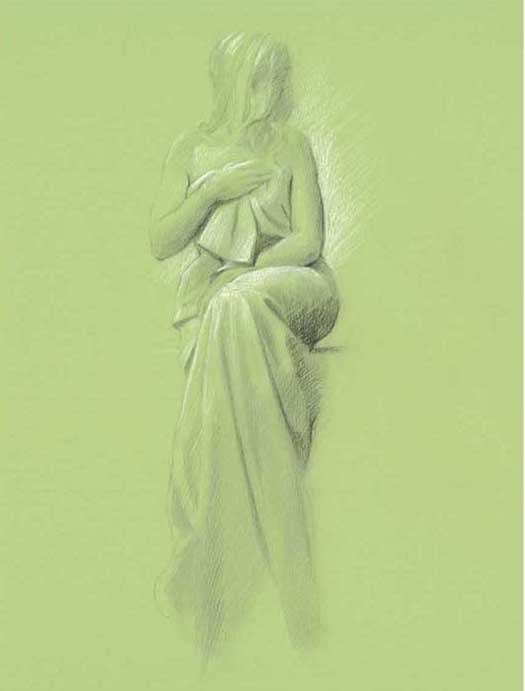Massen - The artists guide to drawing the clothed figure : a complete resource on rendering clothing and drapery
Here you can read online Massen - The artists guide to drawing the clothed figure : a complete resource on rendering clothing and drapery full text of the book (entire story) in english for free. Download pdf and epub, get meaning, cover and reviews about this ebook. City: New York, Lewes, year: 2012, publisher: Ten Speed Press;GMC Distribution [distributor], Watson-Guptill, genre: Romance novel. Description of the work, (preface) as well as reviews are available. Best literature library LitArk.com created for fans of good reading and offers a wide selection of genres:
Romance novel
Science fiction
Adventure
Detective
Science
History
Home and family
Prose
Art
Politics
Computer
Non-fiction
Religion
Business
Children
Humor
Choose a favorite category and find really read worthwhile books. Enjoy immersion in the world of imagination, feel the emotions of the characters or learn something new for yourself, make an fascinating discovery.

- Book:The artists guide to drawing the clothed figure : a complete resource on rendering clothing and drapery
- Author:
- Publisher:Ten Speed Press;GMC Distribution [distributor], Watson-Guptill
- Genre:
- Year:2012
- City:New York, Lewes
- Rating:4 / 5
- Favourites:Add to favourites
- Your mark:
The artists guide to drawing the clothed figure : a complete resource on rendering clothing and drapery: summary, description and annotation
We offer to read an annotation, description, summary or preface (depends on what the author of the book "The artists guide to drawing the clothed figure : a complete resource on rendering clothing and drapery" wrote himself). If you haven't found the necessary information about the book — write in the comments, we will try to find it.
Beginning with the basic shapes of clothing and the anatomy of folds, and progressing to final rendering techniques of both sculpted and loose drapery on solid formsincluding how motion affects wrinkles, folds, and waves, The Artists Guide to Drawing the Clothed Figure presents a novel and completely thorough approach to understanding the mechanics of drapery.
This comprehensive resource examines the mechanical principles behind the formation of folds: simple wave patterns, intersecting wave patterns, and tertiary effects upon these two, such as twisting and flowing forms. The book breaks down all clothing into three types: sculpted forms, loose drapery, and, most especially, tubes.
Once these mechanics are established, various techniques for rendering clothing are presented, including how factors such as the stiffness, thickness, or texture of a particular material can affect the appearance of an article of clothing. Throughout, the author examines examples from master draftspersonsold masters, cartoonists, illustrators, and fashion illustrators, including Leonardo da Vinci, Ingres, Degas, Joseph Christian, Leyendecker, Charles Dana Gibson, Raphael, and Will Eisnerto see how they interpreted this information
Massen: author's other books
Who wrote The artists guide to drawing the clothed figure : a complete resource on rendering clothing and drapery? Find out the surname, the name of the author of the book and a list of all author's works by series.

